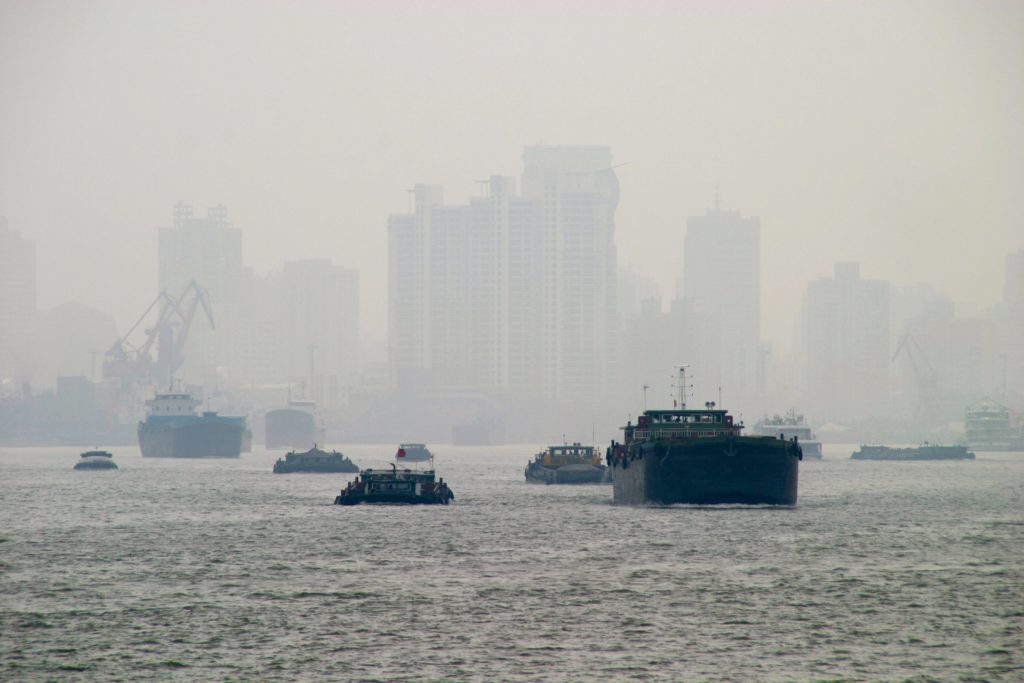China could save 330,000 lives by cutting ozone pollution, study finds
China could save 330,000 lives if it takes urgent measures to cut its levels of ozone air pollution, a new study has argued.
Researchers from both the United States and China have predicted that China’s ozone pollution, which caused an estimated 67,000 premature deaths in 2015, could get significantly worse over the coming years, leading even more people to lose their lives.
Ozone — which occurs naturally in the atmosphere but is created at ground level when pollutants react to sunlight — has been linked to cardiovascular disease, strokes and respiratory problems.
Daniel Westervelt, lead author of the study and an associate research scientist at Columbia University’s Lamont-Doherty Earth Observatory, said: ‘Air pollution is a major problem in China right now. It’s a very serious health risk. So it’s important to think about what changes can be made to make progress on this problem.’
The study, published in the journal Environmental Research Letters, modelled how three different ozone emissions scenarios for China between 2015 and 2050 would impact on human health.
The first simulation analysed what would happen if China’s air pollution stays fixed; the second looked at a 10% increase in ozone pollution emissions — currently the most likely scenario – while the third analysed the effects of cutting China’s ozone emissions by 60%. The effects of climate change were factored into all three scenarios.
According to the first scenario, climate change alone could increase China’s ozone pollution by 11%, causing an additional 62,000 premature deaths by 2050.
A 10% increase in ozone-forming emissions would cause an additional 80,000 premature deaths, while an aggressive strategy achieving a 60% cut in those emissions would prevent 330,000 deaths, the researchers found.

Shanghai, China. Researchers say that cutting China’s ozone emissions by 60% by 2050 could save 330,000 lives.
In all three scenarios, the researchers found that climate change would create more ozone pollution in China than there would have been otherwise, largely due to enhancing the flow of ozone moving from the stratosphere to the Earth’s surface.
Emissions from countries like India may also ‘significantly detract’ from China’s progress in improving its air quality, unless it encourages other Asian countries to lower emissions too, they added.
The academics said that China’s future air quality depends strongly on passing policies to reduce both ozone and climate change-causing emissions.
‘The issues of climate change and air quality go hand-in-hand, so it makes sense to tackle both things simultaneously,’ Westervelt added.
Westervelt concluded that China can reduce its ozone emissions by 60% by 2050 if it further embraces policies and measures that already exist.
However, he admitted the reduction would be tough as China would need successes in several policies such as increasing fuel efficiency standards, widespread electric vehicle uptake and ditching coal for cleaner energy sources like gas and renewables.
The findings offer China another incentive to tackle its air pollution problem after a recent study found it could also lead China to miss out on billions of dollars’ worth of solar power production.
Photo Credit – Pixabay
















